
Climate deniers are claiming EVs are bad for the environment—again. Here’s why they’re wrong.
A new paper published Tuesday, November 17, by the conservative think tank the Competitive Enterprise Institute (CEI), raises environmental concerns with electric vehicles in what appears to be the latest attempt by organizations associated with fossil fuel funding to pump the brakes on the transportation sector’s transition away from petroleum and towards cleaner electricity.
In the U.S., the transportation sector is the largest contributor to planet-warming emissions. Climate and energy policy experts say electrifying vehicles is necessary to mitigate these emissions.
In fact, scientists recently warned that if the country has any hope of reaching the Paris climate targets of limiting warming to below 2 degrees Celsius (3.6 degrees Fahrenheit), 90 percent of all light-duty cars on the road must be electric by 2050.
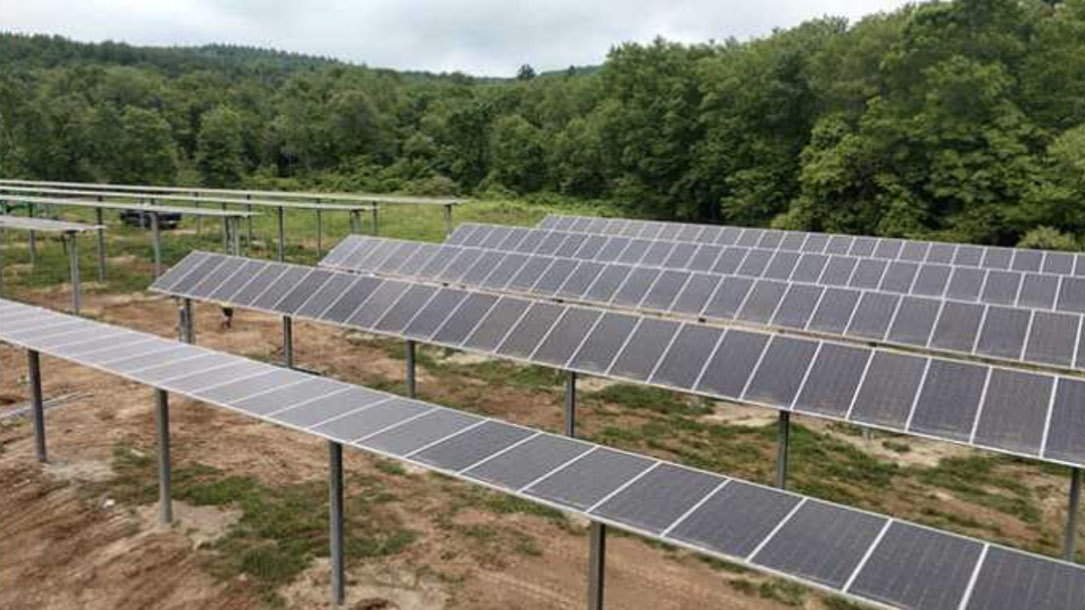
Installed: elevated solar supports family farm, cows, and crops
Generally, solar projects on agricultural land face pushback because traditional solar systems cover the ground in a manner that significantly reduces the amount of available farmland. This project did not face this kind of opposition because a dual-use system doesn’t replace crops, it works with them.
The array is designed to allow sufficient sunlight for the crops and is raised high enough in the air to allow tractors continued access underneath…[It] is designed with 20 ft. row-spacing and a minimum panel height of 10 ft. to improve performance and allow tractors continued access. Dual-use systems use special solar photovoltaic (PV) racking to harvest power from the same sunlight that nourishes the crops that grow under the mounts…

Just how does solar grazing work?
There can be concerns about solar overtaking farmland. Yet with good design and partnership with farmers, solar can actually improve soil health and keep farmers on the land. Here’s a short video by Owens Farm, in Pennsylvania, about how solar grazing works.
For additional information, including leases and technical documents, check out American Solar Grazing Association.
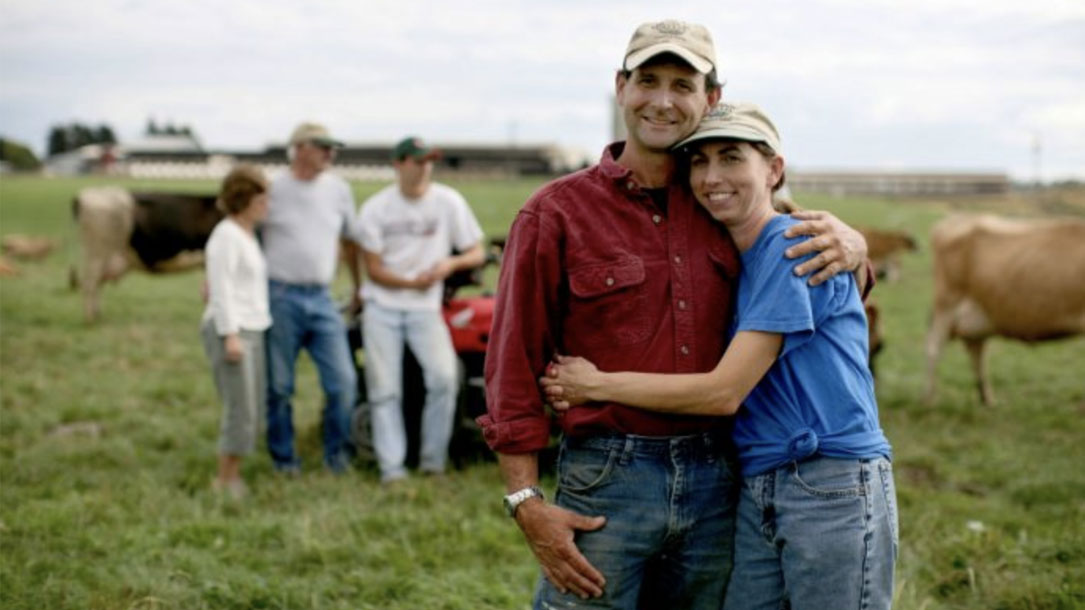
On-farm solar grows as farmers see economic rewards—and risks
Steve Pierson switched from raising conventional dairy cows in confinement to grazing the animals on organic pasture for a simple reason: they kept getting sick. He had heard and read about the fact that cows that ate grass had healthier immune systems, since their bodies are designed to digest grasses, not the grain used as feed at most dairies. The transition did make the cows live longer, and he also began to notice other environmental benefits, such as healthier soil and more perennial grasses…
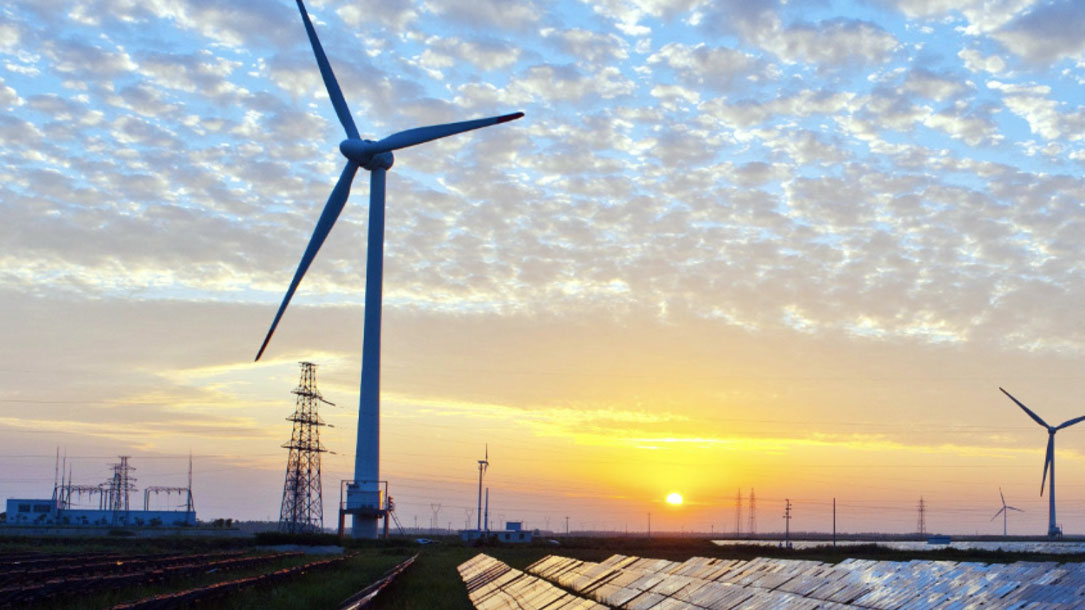
100% renewable energy: what we can do in 10 years
It will take at least three decades to completely leave behind fossil fuels. But we can do it. And the first step is to start with the easy stuff…

The Center for Pollinators in Energy
Bees, monarchs, and other critical pollinators are disappearing, and scientists agree that loss of habitat is a primary concern. Because the United States solar industry first took off in the desert Southwest, a standard practice for the land on solar sites is gravel and/or monocrop lawn grass.
That changed in 2016 when Fresh Energy, Audubon Minnesota, and the Minnesota Corn Growers worked with agricultural and business leaders to establish the nation’s first statewide standard for vegetation on solar sites…
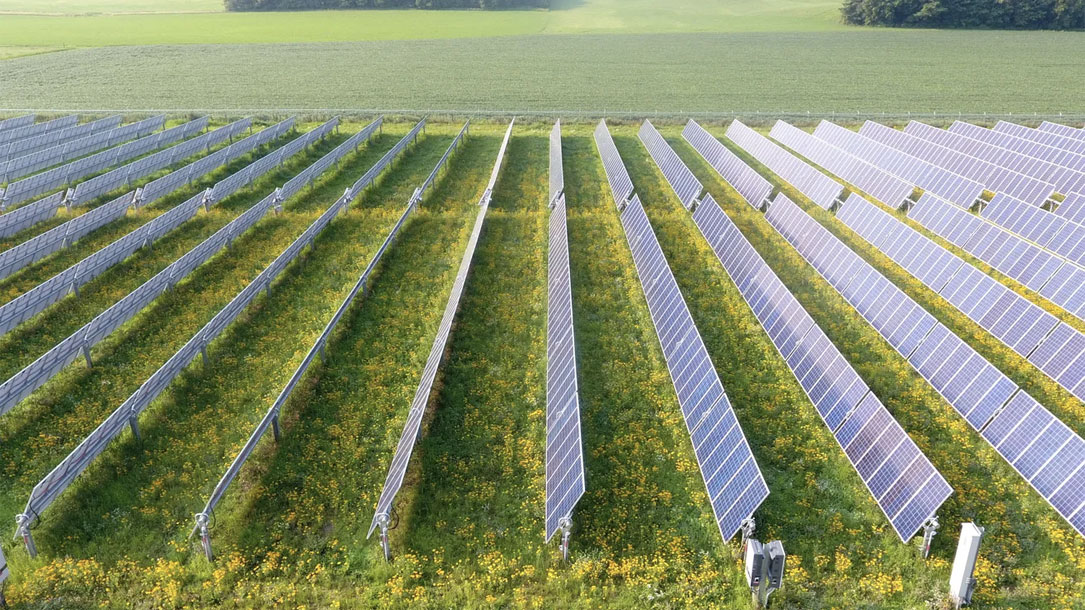
‘A magical solution’: solar developers planting flowers that could help save butterflies and bees
For more than a century, Logansport’s electricity was generated using gritty black coal. Now, its latest generating facility will feature 80 acres of solar panels, and something far more attractive—flowers.
Solar projects with habitats such as these, called pollinator-friendly solar projects, have been launched in 20 states, according to the Center for Pollinators in Energy. At least three new pollinator-friendly solar projects have been announced in Indiana this year.
Habitat loss and exposure to chemicals such as pesticides have killed off large portions of bee, butterfly, fly, and beetle populations. Numbers of honeybees, one of the most widely tracked pollinator species because of their contributions to the food supply, are falling by as much as 30 percent each winter in the U.S. and in Indiana…

Smart Solar Siting for New England: free webinar series
Join American Farmland Trust, Acadia Center, Conservation Law Foundation, Vote Solar, and Vermont Law School for a four-part webinar series, as we share outcomes from our joint two-year project seeking to reduce conflicts over the siting of solar facilities…

Michigan opens 3.3M farmland acres to bee-friendly solar projects
Michigan Democratic Gov. Gretchen Whitmer on Monday announced an executive decision that frees up 3.3 million acres of farmland protected under the state’s Farmland and Open Space Program to solar development. Previously, the land was allowed to host wind turbines and oil and gas exploration, but solar was historically restricted because it was considered to have a larger footprint…
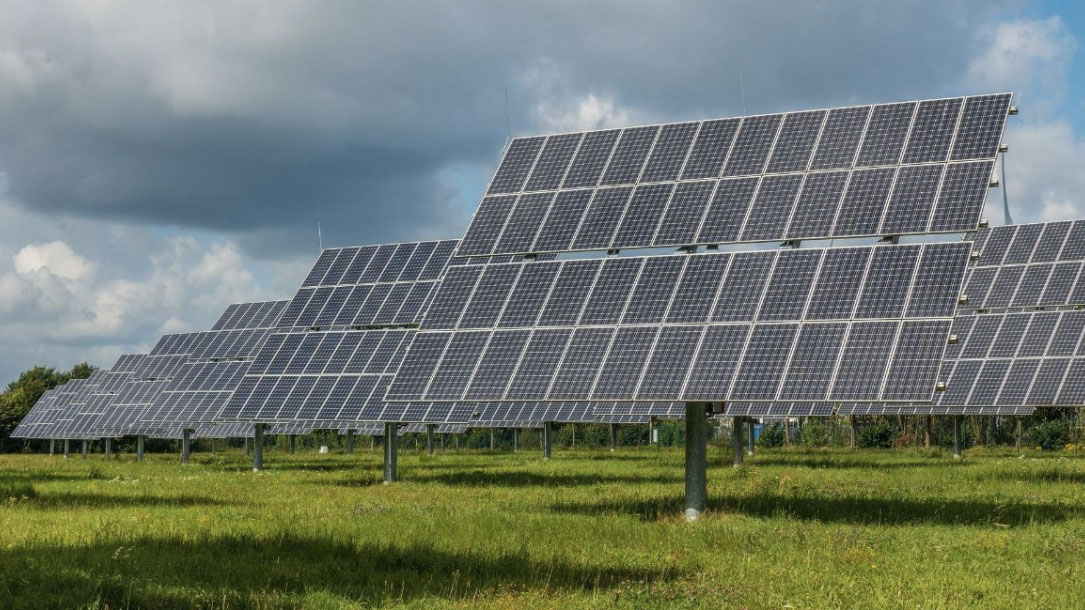
Want to get involved with solar grazing?
he American Solar Grazing Association (ASGA) was founded to promote grazing sheep on solar installations.
ASGA members are developing best practices that support shepherds and solar developers to both effectively manage solar installations and create new agribusiness profits…












